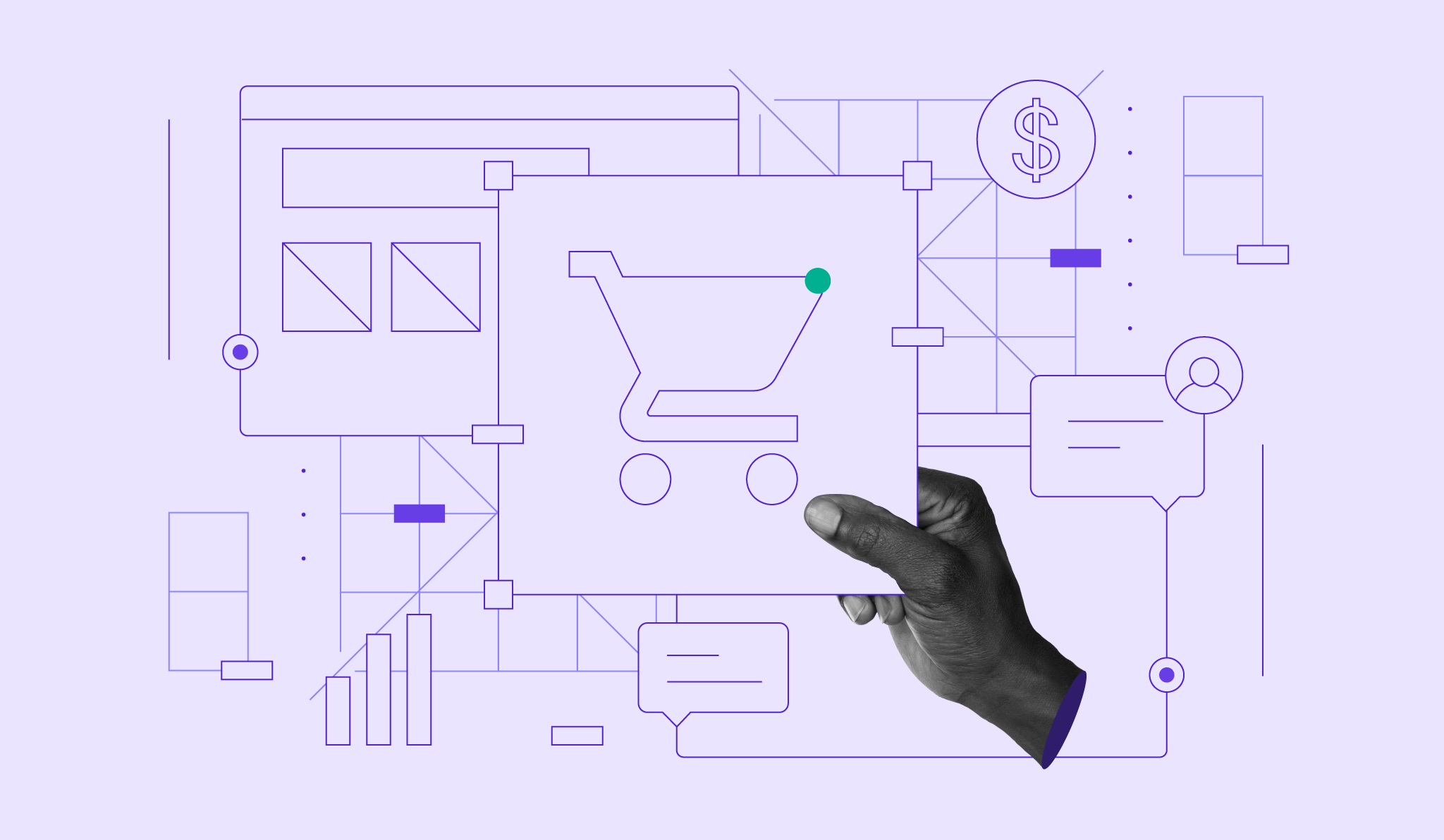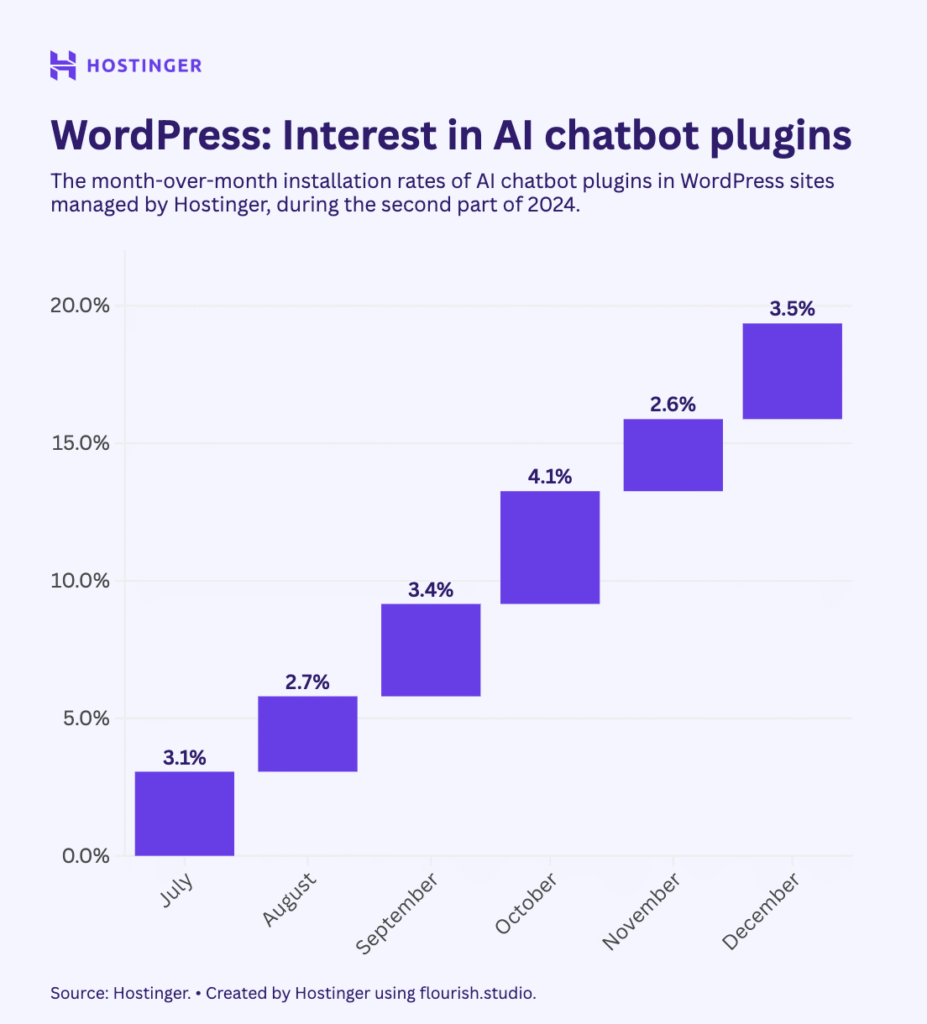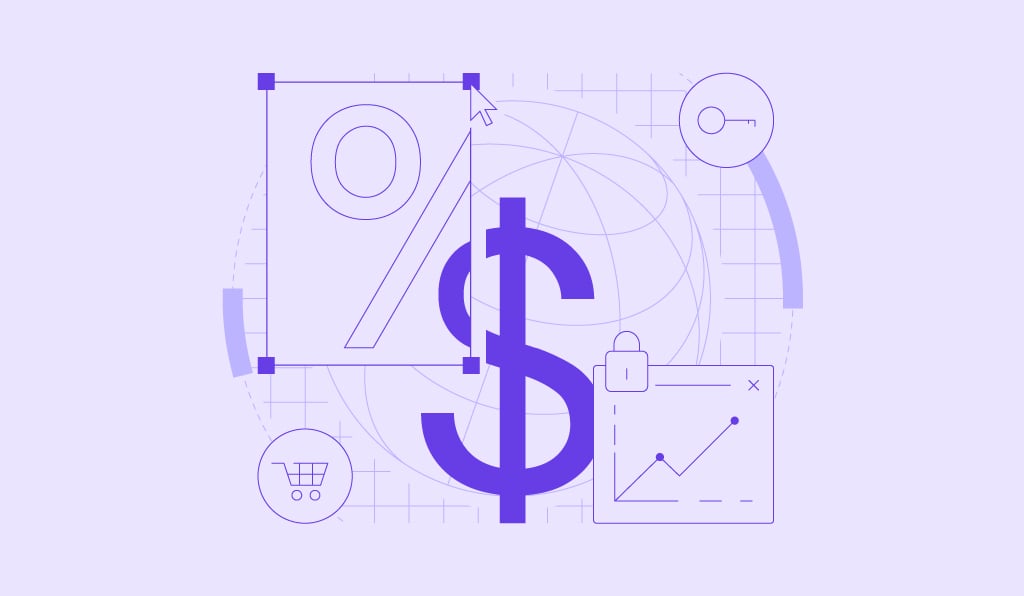What can we learn from last year’s Black Friday?

Black Friday 2024 generated a record-breaking $74.4 billion in global sales, but the real story is how crowded the battlefield became. Three new ecommerce sites were launched every minute throughout 2024, creating a 50% surge in competition by year’s end.
To help you make informed decisions, we analyzed and extracted key insights from last year’s Black Friday season data, focusing on ecommerce, online pricing, and AI chatbots.
To help you make informed decisions, we analyzed and extracted key insights from last year’s Black Friday season data, focusing on ecommerce, online pricing, and AI chatbots.
Here’s what the data shows – and what it means for your November 2025 preparation.
- Installations of AI chatbots for shopping surge 20% at the end of 2024. How are you using AI this season?
- Three new online stores pop up every 60 seconds. Is yours one of them?
- Optimize your website for mobile. Two out of three purchases are done through a mobile device.
- Online retail prices during November dropped 2% compared to last year (2023). Beside a discount, think about how to differentiate with your branding.
Lesson #1: Make sure your online store stands out
In 2024, it became clear that businesses are eager to launch online stores. Hostinger website data shows that three new ecommerce sites were published to the web every minute during the previous year.
Almost two million business websites were launched using our managed hosting for WordPress and Hostinger Website Builder. In December 2024, the number of new ecommerce websites per month had increased 50% compared to January.
The consistent growth over nine months in 2024 culminated in an impressive annual creation rate, averaging a 4% monthly increase over the year.
This trend aligns with the upward trend in online shopping. A recent Deloitte report projects a 7% to 9% year-over-year increase in ecommerce holiday season sales for 2025.
This exponential growth means that just having a digital presence during the season won’t cut it – you’ll actually need to be there for the customers. Your website design must connect with your audience through stories and values shared. Also, make sure they can easily reach you, building trust from the beginning.
Build on the industry best practices for making a user-friendly interface. Your customer needs to be the priority when planning the purchase process or product exploration.
Lesson #2: Your online store must be optimized for mobile devices
Most industries are moving towards a digital experience, not only for Black Friday, but as a wider strategy. That’s why businesses must consider this season as an opportunity to bring life to those online store ideas, and especially to make them responsive for smaller screens.
Mobile optimization is not optional anymore. During Black Friday 2024, 80% of total traffic came from smartphones. And between 59% and 69% of Black Friday 2024 sales globally happened on a small screen, according to Adobe Analytics, Salesforce, and Digital Commerce 360.
These sources also noted that the conversion rate was slightly higher (3% to 7%) in the US than in the global average.
Lesson #3: Avoid price wars, boost branding instead
In November 2024, prices of all digital products dropped by 2% compared to the previous year, according to Adobe Digital Price Index. Computers, apparel, and flower-related gifts registered the lowest rate decrease. The category with the most significant drop in prices was apparel, with -7.5% year-over-year (YoY).
The monthly pattern reveals retailer strategy: comparing October to November 2024, price drops were more pronounced. Jewelry fell 11.5% month-over-month, which is the largest decline across all categories, while sporting goods, appliances, electronics, and computers also saw significant reductions.
This suggests retailers hold prices steady (or slightly elevate them) in October, then drop them in November to create the perception of substantial Black Friday deals. However, the 2% year-over-year decline is modest compared to the 3% average price drops seen in Q1 2024.
This shows that consumers expect low prices in November. But with most of them doing actual research before buying, they’re able to recognize shallow discounts.
If you are operating in a crowded market, bidding wars based on price might be in your cards. If this is the case, you should work on product features besides discounts, like branding. According to a Salsify report, 61% of consumers would pay more for holiday gifts from brands that reflect their values.
This season could represent the perfect opportunity for building your brand. Although discounts and sales will get a lot of attention, the message you convey will be just as important.
You can start constructing your online presence with clear values, audience segmentation, and an effective communication strategy. You should take full advantage of the Black Friday traffic to develop a distinctive brand.
Lesson #4: AI chatbot adoption rises, yet impact remains unclear
In recent months, a considerable portion of online shopping experiences has involved interacting with an artificial intelligence tool. According to an Adobe Analytics survey released in early 2025, 39% of consumers used AI for online shopping.

According to Hostinger WordPress data, AI chatbot plugin installations increased nearly 20% in the second part of 2024. Every month registered an increase higher than 2%, showing a strong growing trend.
Who is behind the adoption of AI-powered tools? According to reports, large companies have a higher chatbot adoption rate, ranging from 39% to 47%. Small and medium-sized businesses registered lower usage percentages than larger ones. But the growing adoption trend throughout the year is well consolidated.
The increased chatbot adoption is evident, but it’s too early to assess Black Friday impact. We’ll be watching 2025 closely for AI-influenced sales or sales assisted by AI chatbots.
Adoption of AI chatbots by company size
| Month | Small (%) | Medium (%) | Large (%) |
| January | 24 | 32 | 39 |
| February | 25 | 33 | 41 |
| March | 25.5 | 33.5 | 41.5 |
| April | 26 | 34 | 42 |
| May | 27 | 34.7 | 42.8 |
| June | 28 | 35.3 | 43.5 |
| July | 28.5 | 35.8 | 44 |
| August | 29 | 36.2 | 44.6 |
| September | 29.6 | 36.7 | 45.1 |
| October | 30 | 37 | 45.6 |
| November | 30.5 | 37.5 | 46 |
| December | 31 | 38 | 46.5 |
What can we expect from Black Friday 2025?
Black Friday 2024 sales broke the record. Spending surged to $10.8 billion in the US alone, while global sales rose to $74.4 billion. Both results marked an increase over 2023, with 10.2% growth in the US and a 5% globally.
Market watchers expect the 2025 holiday season to break last year’s records. The National Retail Federation forecasted that sales in 2025 will grow between 2.7% and 3.7% compared to 2024.
Last holiday season demonstrated online consumers’ clear interest in early shopping. 92% of consumers conduct thorough research before they buy something, according to an Impact.com survey.
The reality is, your customers are already in the digital space, actively expressing demand for solutions like yours. Use Black Friday and the holiday season as a boost to strengthen your business online.
How to implement these learnings in your 2025 strategy?
Understanding what happened last year can help us prepare for the upcoming Black Friday. If you are a business owner or a marketing enthusiast preparing for the season, the following key takeaways may unlock new opportunities:
- Bring your idea online: Create an ecommerce site, if you don’t have one already. Highlight your product’s unique features and prioritize a user-friendly approach.
- Win the mobile experience gap: Test your mobile checkout flow on actual devices. Every second of load time costs conversions during high-traffic Black Friday hours.
- Differentiate with strong branding: Define and communicate your brand positioning beyond discounts. What do you stand for? If the prices are similar, why should customers choose you?
- Make AI chatbots your big bet: Give AI a try. There might be a unique value you can provide to your customers while they shop in your online store.
Sources
- Adobe Analytics
- Fullview
- Thunderbit
- Sellerescommerce.com
- Salsify.com
- Impact.com
- Deloitte
- National Retail Federation
All of the tutorial content on this website is subject to Hostinger's rigorous editorial standards and values.



